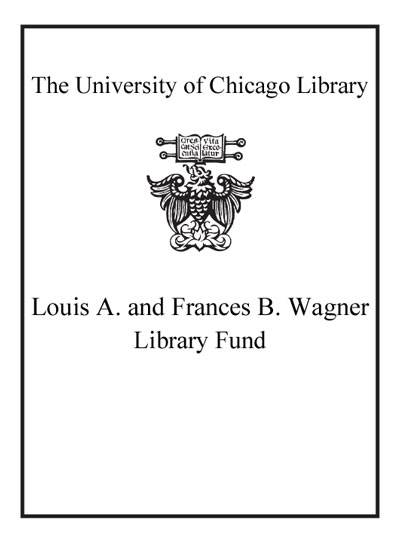| Summary: | George IV was arguably the most magnificent of British monarchs. By the time George ascended to the throne in 1820 after nine years as Prince Regent, he was already well-known for his extravagant lifestyle. Visual display played an important role in his public image, an image that he worked hard to control. Through the spectacular interiors of his houses and palaces, numerous flattering portraits, carefully choreographed state occasions, and his fashion choices, George IV attempted to shape public perception of his person as heir to the throne and as king. George was the collector and commissioner of many of the finest works of art in the Royal Collection. He also turned Buckingham House into a Palace, radically remodeled Windsor Castle inside and out, and built the Royal Pavilion at Brighton, an oriental-style pleasure palace by the sea. In London, his architectural vision extended to the design of Regent Street and Regent's Park. Set against the backdrop of the French Revolution and Napoleonic Wars, and a period of unprecedented global exploration, this book considers the monarch's public image, taste for the theatrical and exotic, admiration of French style, and all-consuming passion for collecting. Exhibition: The Queen?s Gallery, Buckingham Palace, London, UK (15.11.2019-03.05.2020).
|
|---|

